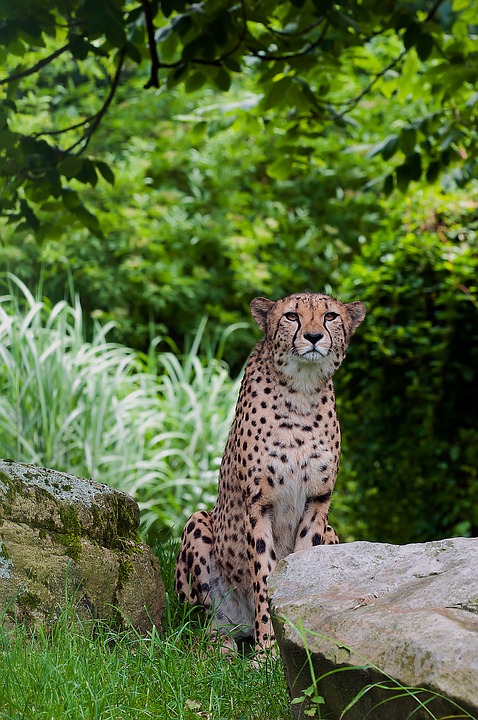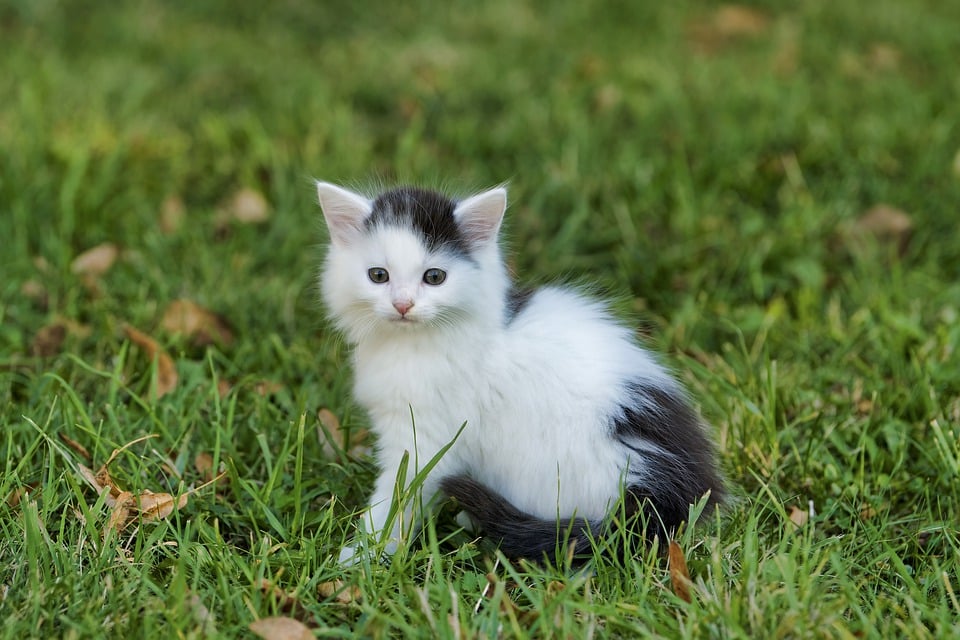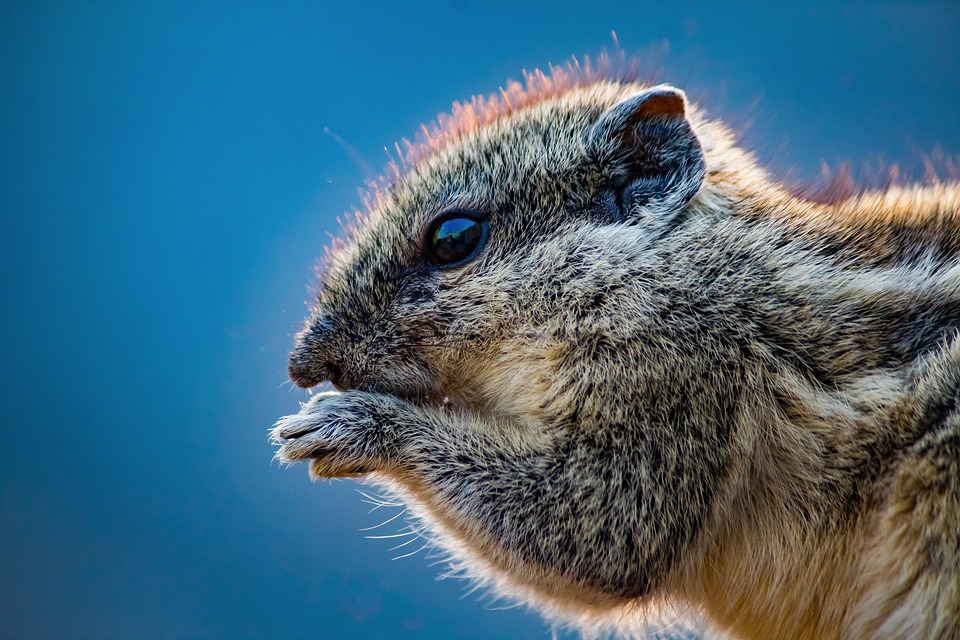Safaris are often associated with far-off destinations like Namibia, South Africa, or Kenya. However, you don’t have to travel long distances to experience the thrill of observing wild animals in their natural habitat. Germany, too, offers plenty of opportunities to embark on a safari adventure, although a bit of luck may be required just like in more traditional safari destinations.
Some animals in Germany, just like their counterparts in Africa, are quite elusive, making it challenging for tourists to catch a glimpse of them. However, with patience and the right guidance, you can witness some incredible wildlife moments right here in Germany. In this article, we will explore some of the best places in Germany where you can go on safari tours and observe fascinating wildlife.
Flamingos in the Münsterland
Imagine spotting pink flamingos in the idyllic surroundings of the Münsterland region. Well, it’s not a joke! In the Zwillbrocker Venn, a forest and moorland area in North Rhine-Westphalia, you can find the northernmost flamingo breeding colony in the world. These elegant birds, typically native to South and Central America, as well as the coasts of Southern France and Portugal, have made this region their home. Every March, they return from their winter quarters on the Dutch coast to breed and raise their young.
Luches in the Harz
Less conspicuous than flamingos, the lynx in the Harz region is extremely shy and perfectly camouflaged in the undergrowth due to its brown fur. Encountering a lynx in the wild is a stroke of luck. However, at the Rabenklippen near Bad Harzburg, you can observe five lynxes in a viewing enclosure. During a public tour, you can learn interesting facts about these elusive predators and watch them enjoy their meal.
Wolves in the Lausitz
The return of the wolf to Germany has been a topic of debate. After being driven out for 150 years, wolves are now making a comeback in the country. According to the German Documentation and Consultation Center for Wolves, there are 185 wolf packs, 45 pairs, and 22 territorial individuals in Germany. The largest wolf density in Europe can be found in the Saxon Upper Lusatia region. Various organizers offer tours to track the wolves in this area. However, just like with lynxes, wolves are elusive creatures, and sightings are rare even during tours. Nevertheless, you can learn a lot about these fascinating animals and maybe catch a glimpse of them or hear their howls in the distance.
Marmots in the Alps
With their small button eyes and shaggy fur, Alpine marmots are a common sight in the steppes of Canada. However, they also inhabit various regions in Germany, including the Bavarian Limestone Alps, the Berchtesgaden Alps, the Karwendel and Wetterstein Mountains, and the Allgäu Alps. These adorable rodents are known for their shrill whistling, which they use to warn of potential threats. Living in large family groups, marmots assign sentries to protect the colony.
Parakeets in German Cities
Escaped from captivity or released into the wild, various parakeet species have established themselves in many German cities. The most common species include the rose-ringed parakeet, the yellow-headed amazon, the monk parakeet, and the great Alexandrine parakeet. These parakeets have produced more than three generations in the wild and are almost considered native. They live in colonies of several hundred birds in cities like Düsseldorf, Bonn, Cologne, or Hamburg. However, their rapid reproduction poses a problem for native birds like woodpeckers and nuthatches, as they struggle to compete with the abundance of exotic birds for food.
Wild Horses in Dülmen, Münsterland
Not far from the flamingos in the Münsterland region, you can find the wild horses of Dülmen galloping through the Merfelder Bruch. First mentioned in 1316, these horses have been able to thrive and expand in the protected landscape area. During a guided tour with the forester, you can learn interesting facts about these wild animals, which are usually observed from behind a fence. However, during the tour, you will go beyond the barrier and get up close to the wild horses.
Dolphins and Whales in the North and Baltic Seas
Dolphins are not exclusive to the Caribbean waters. With luck, you can spot dolphins like the common bottlenose dolphin or the white-beaked dolphin in the North Sea. Similarly, the Baltic Sea and the Kiel Fjord are also home to these marine mammals, much to the delight of locals and tourists. Larger species like humpback or fin whales have also ventured into German waters. Smaller species like the harbor porpoise are native to these seas. However, the populations of these marine mammals, especially in the Baltic Sea, have been declining due to human interference in their habitat.
South American Rhea in the Baltic Sea
Initially, there were eight, then more than 500, and now the numbers have significantly decreased. In 1999, a small group of rheas escaped from an ostrich farm near Groß Grönau in Northern Germany. These flightless birds, native to South America, have found a home between Schleswig-Holstein and Mecklenburg-Vorpommern in Germany. Due to the mild winters and abundant food supply, they have adapted well to the Northern German region. However, their large groups and preference for crops like turnips, wheat, and rapeseed have made them a problem for local farmers.
Bison in Brandenburg
In the Döberitzer Heide in Brandenburg, you might feel like you’ve stumbled into the American prairie when you come face to face with a European bison, also known as a wisent. These majestic creatures, resembling American bison but slightly smaller, roamed the primeval forests of Western, Central, and Southeastern Europe in the early Middle Ages before being exterminated in the 1920s. The wild bison living in the Döberitzer Heide play a crucial role in preventing the overgrowth of the heath by feeding on young trees.
Golden Jackals in the North and South
The golden jackal, a species that sounds like an extinct creature from prehistoric times, can be found in the wild in Germany. In February 2024, another golden jackal was confirmed in the Grafschaft Bentheim region. The first sighting of a golden jackal in Germany was in Brandenburg in 1997. These animals have also been spotted in Lower Saxony and Baden-Württemberg. The golden jackal, closely related to the wolf but smaller and resembling a mix of a wolf and a fox, is mainly found in Asia but has also made its home in Europe.
Wildcats in Thuringia
While domestic cats are a common sight in German households, there are also wildcats that roam the forests. These elusive creatures, particularly fond of the Thuringian forests, were nearly wiped out in the 18th and 19th centuries. Today, they are slowly reclaiming their territory in the wild. Although still classified as „endangered,“ wildcats are making a comeback in the forests of Thuringia.
Waldrapp Ibises in Bavaria
A small miracle has occurred in Bavaria with the return of the Waldrapp ibis. Once considered extinct, these birds were revered in ancient Egypt but fell into obscurity for centuries. In 1897, they were rediscovered, and efforts have been made to reintroduce them to Central Europe. By early 2022, there were already 200 Waldrapp ibises in the German Alpine region. The goal is to establish a self-sustaining population without human intervention by 2028.
In conclusion, Germany offers a diverse range of wildlife experiences that can rival traditional safari destinations. From flamingos and lynxes to wolves and marmots, the country is home to a surprising variety of wild animals. Whether you’re exploring the forests of Thuringia or the moorlands of North Rhine-Westphalia, there are plenty of opportunities to witness these fascinating creatures in their natural habitats. So, grab your binoculars, pack your camera, and embark on a safari adventure right here in Germany!





